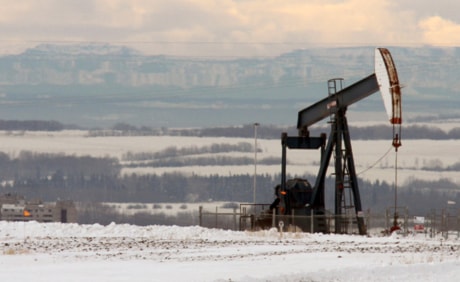The sluggish economy and high loonie have hurt manufacturers across Canada, with many Alberta fabricators also suffering the effects of a moribund oil and gas sector.
But a recent survey by the Canadian Manufacturers and Exporters suggests that the situation is improving.
The national association canvassed 732 companies in November, and found that only 37 per cent had experienced a decrease in orders during the preceding three months. That was a one percentage point improvement over the response to a similar CME survey in October, and a big change from the 50 per cent who reported decreased business in the months leading up to September.
In Alberta, only 30 per cent of respondents to the November survey said their recent orders were down.
Meanwhile, 21 per cent of respondents to the CME’s most recent survey expected their payrolls to shrink over the next three months, down from 24 per cent in October, and 42 and 44 per cent in March and February respectively.
Only 15 per cent of the Alberta manufacturers contacted in November expected a drop in staffing — the lowest figure among all provinces.
In an online commentary this week, ATB Financial’s senior economist Todd Hirsch observed that the value of manufacturing shipments from Alberta in October inched up 0.5 per cent from the previous month.
Hirsch also noted that the province’s January-to-October manufacturing tally for this year was still 23 per cent lower than for the same period in 2008. Much of this decline, he said, could be attributed to reduced activity in the oil and gas sector.
Mark Burggren, executive director of the Central Alberta Rural Manufacturers Association, isn’t seeing gushing optimism from local fabricators.
“I would say if there is, it’s pretty guarded. Everybody wants to believe but nobody wants to make commitments based on a recovery until they see what happens.”
Burggren believes the region’s metal fabricators — who supply the oilpatch — hit bottom when their backlog of orders dried up around March or April.
“During that period of time, there were a lot of layoffs, there were a lot of wage rollbacks, there were a lot of companies that went to a four-day week or a three-day week for their employees, just trying to keep their key employees together.”
Things improved for some companies in the summer, he said, pointing to manufacturers that supplied oilsands projects that were still active.
“But no one is ready to say we’re in a recovery.
“Nobody’s ready to make a commitment on rehiring laid-off employees because you just don’t know if it’s going to be sustainable.”
Burggren downplayed the current impact of the high loonie, pointing out that most of the pain was felt in 2007. That’s when cross-border disparities in productivity were exposed.
If oil prices continue to strengthen, the Canadian dollar is almost certain to be dragged up with them, he predicted.
“They track very closely together.”
And while higher oil prices will benefit manufacturers supplying the oilsands, it’s natural gas prices that will have the greatest impact here.
“Much of our Central Alberta economy is based upon the exploration and production of natural gas,” said Burggren.
With large volumes of shale gas being produced in the United States, he thinks it’s unlikely the price of that commodity will spike anytime soon. Instead, he anticipates fluctuating values as new shale reserves are discovered and depleted.
hrichards@www.reddeeradvocate.com
